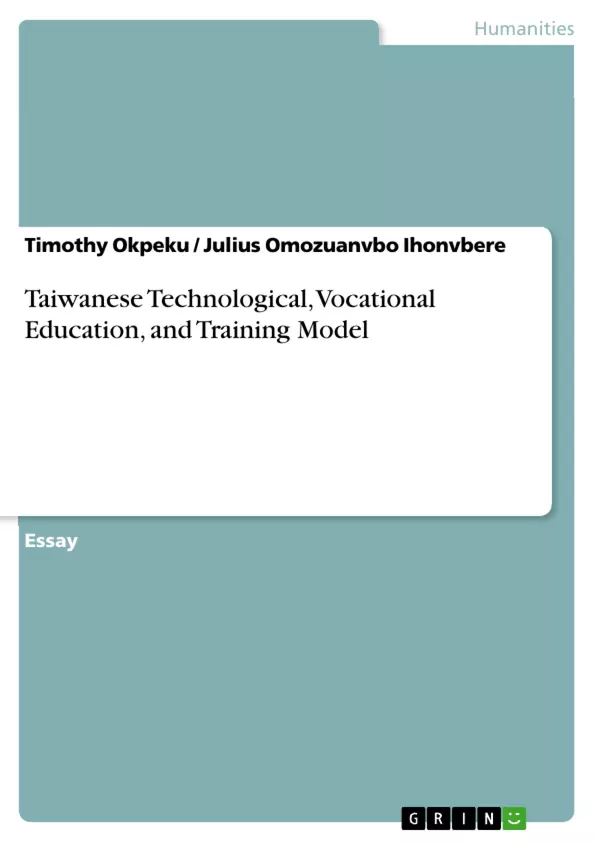Introduction
Introduction: This introductory section sets the stage by outlining the central theme: an examination of Taiwan's successful technological, vocational education, and training (TVET) model and its implications for Nigeria. It highlights Taiwan's remarkable economic growth, heavily influenced by its strategic investment in TVET, beginning in the 1950s with a focus on agriculture and expanding to encompass a wider range of industries. The introduction establishes the study's core objective: analyzing the key components of this model and determining their transferability to Nigeria's developmental context. The emphasis on the synergy between education and industrial needs is a recurring motif, setting the groundwork for a detailed exploration of Taiwan's multifaceted TVET system.



